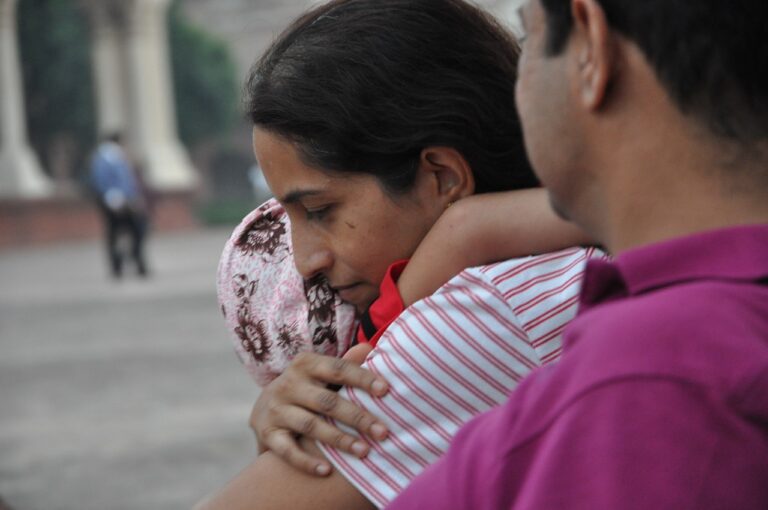Voter Suppression Tactics: Addressing Challenges to Democratic Process
One of the most common voter suppression tactics is the strict implementation of voter ID laws. These laws require voters to show a specific form of identification at the polls, which can disproportionately affect marginalized communities who may face barriers in obtaining such IDs. Critics argue that these laws target certain groups, such as minorities and low-income individuals, and can prevent them from exercising their right to vote.
Another tactic used to suppress voting is the purging of voter rolls. This practice involves removing individuals from voter registration lists, often due to inaccuracies or discrepancies in the voter information. While maintaining accurate voter rolls is important, critics warn that the process of purging can result in eligible voters being disenfranchised, especially if not done carefully and transparently.
• Strict implementation of voter ID laws
• Purging of voter rolls
One of the most insidious tactics used to suppress voting is the intimidation and harassment of voters at polling places. This can take many forms, such as aggressive questioning by poll workers or unauthorized individuals, challenges to a voter’s eligibility, or even physical threats. These actions create a hostile environment that can deter individuals from casting their ballots out of fear for their safety.
Another common tactic is the reduction in polling locations and hours. By limiting access to polling places and shortening operating hours, certain groups may face difficulties in finding convenient times and locations to vote. This disproportionately affects working individuals, those with limited transportation options, and others who may have difficulty traveling long distances or taking time off work to vote.
• Intimidation and harassment at polling places
• Reduction in polling locations and hours
Historical Context of Voter Suppression
Voter suppression in the United States has a long and troubling history that dates back to the founding of the nation. From the days of poll taxes and literacy tests used to disenfranchise African Americans after the Civil War to the more recent tactics of gerrymandering and strict voter ID laws, efforts to limit access to the ballot box have been persistent.
Throughout the years, marginalized communities such as African Americans, Native Americans, and Hispanics have faced systematic barriers to voting, including intimidation, violence, and discriminatory practices. These tactics have been employed by those in power to maintain control and prevent populations from exercising their democratic rights.
Impact of Voter ID Laws
Voter ID laws have been a subject of intense debate in recent years. Proponents argue that such laws are necessary to prevent voter fraud and maintain the integrity of the electoral process. On the other hand, critics claim that these laws disproportionately impact certain groups of voters, particularly low-income individuals and minorities, who may face challenges in obtaining the required identification. Moreover, studies have shown that these laws can decrease voter turnout, further disenfranchising marginalized communities.
In states where strict voter ID laws have been implemented, there have been reports of eligible voters being turned away at the polls due to lack of proper identification. This has raised concerns about the potential suppression of voting rights and the undermining of democracy. Additionally, research suggests that voter ID laws can exacerbate existing inequalities in access to the ballot box, reinforcing historical patterns of disenfranchisement among vulnerable populations.
What are some common voter suppression tactics?
Some common voter suppression tactics include strict voter ID laws, voter roll purges, reducing polling locations in minority neighborhoods, and spreading misinformation about voting requirements.
What is the historical context of voter suppression in the United States?
Voter suppression in the United States has a long history dating back to the Jim Crow era when discriminatory laws were enacted to prevent African Americans from voting. This history also includes tactics such as literacy tests, poll taxes, and intimidation at the polls.
What is the impact of voter ID laws on voter turnout?
Voter ID laws have been shown to disproportionately affect marginalized communities, including minorities, low-income individuals, and the elderly, leading to decreased voter turnout in these groups.
How do voter ID laws impact the democratic process?
Voter ID laws can undermine the democratic process by preventing certain groups of people from exercising their right to vote, ultimately diminishing the representation of these communities in the political process.
Are voter ID laws necessary to prevent voter fraud?
While proponents of voter ID laws argue that they are necessary to prevent voter fraud, studies have shown that voter fraud is extremely rare in the United States and that these laws are often used as a means of disenfranchising certain groups of voters.







